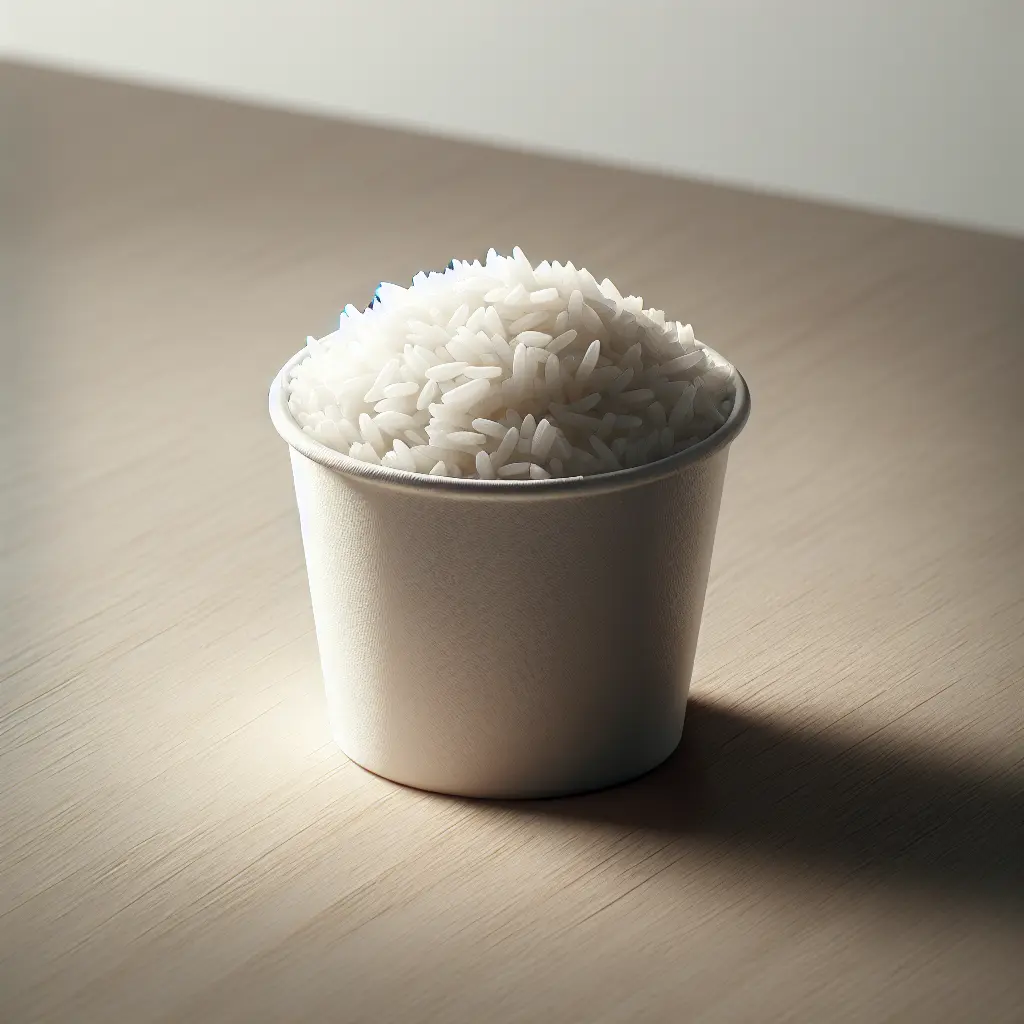Nasi: A Culinary Staple in Southeast Asia
Nasi, a beloved staple food in the Southeast Asian region, is a versatile and flavorful dish that has played a significant role in the culinary and cultural landscape of the area. It is a steamed rice dish that serves as the foundation for a wide array of delectable preparations, each infused with unique flavors and ingredients that reflect the diverse culinary traditions of the region.
Traditionally, nasi is prepared by steaming rice in a bamboo container or a specialized rice cooker. The resulting fluffy and aromatic rice grains are then combined with various ingredients, ranging from meats and vegetables to spices and sauces, to create an array of flavorful dishes. Nasi can be enjoyed as a standalone dish or as an accompaniment to other culinary creations.
Nutritional Value
Nasi offers a balanced nutritional profile, providing essential nutrients for the body. A single cup of cooked nasi contains approximately:
- Calories: 274
- Protein: 12 grams
- Fat: 8.4 grams
- Carbohydrates: 36 grams
- Fiber: 0.8 grams
- Sugar: 0.8 grams
Culinary Versatility
One of the remarkable aspects of nasi is its versatility as a culinary ingredient. It can be prepared in numerous ways, each with its own distinct flavor and texture. Some of the most popular nasi dishes include:
- Nasi goreng: A stir-fried rice dish seasoned with kecap manis (sweet soy sauce) and often accompanied by meat, vegetables, and eggs.
- Nasi lemak: A fragrant rice dish cooked in coconut milk and served with various side dishes such as sambal, fried anchovies, and peanuts.
- Nasi kuning: A yellow-colored rice dish cooked with turmeric and often served during special occasions and ceremonies.
- Nasi uduk: A savory rice dish cooked in coconut milk with spices and herbs.
Cultural Significance
Nasi transcends its culinary significance and holds a deep cultural meaning in Southeast Asian societies. It is often served during important occasions such as weddings, festivals, and religious ceremonies. In many cultures, sharing a meal of nasi together signifies unity, hospitality, and communal bonding.
Conclusion
Nasi is a culinary treasure that embodies the rich cultural heritage and diverse flavors of Southeast Asia. Its versatility, nutritional value, and cultural significance make it a beloved dish enjoyed by people of all ages and backgrounds. As a staple food in the region, nasi continues to captivate taste buds and bring people together through its delicious and heartwarming presence on the dining table.
How many calories are in Nasi?
Each 1 cup of Nasi contains 274 calories.
Nasi Nutritional Information
| Nutrient | Amount per 1 cup (189g) |
|---|---|
| Calories | 274 Calories |
| Protein | 12g |
| Fat | 8.4g |
| Saturated Fat | 1.6g |
| Cholesterol | 0.098mg |
| Carbohydrates | 36g |
| Dietary Fiber | 0.8g |
| Sugar | 0.8g |
| Sodium | 0.549mg |
| Potassium | 0.1761mg |
| Calcium | 0.044mg |
| Iron | 0.0008mg |
